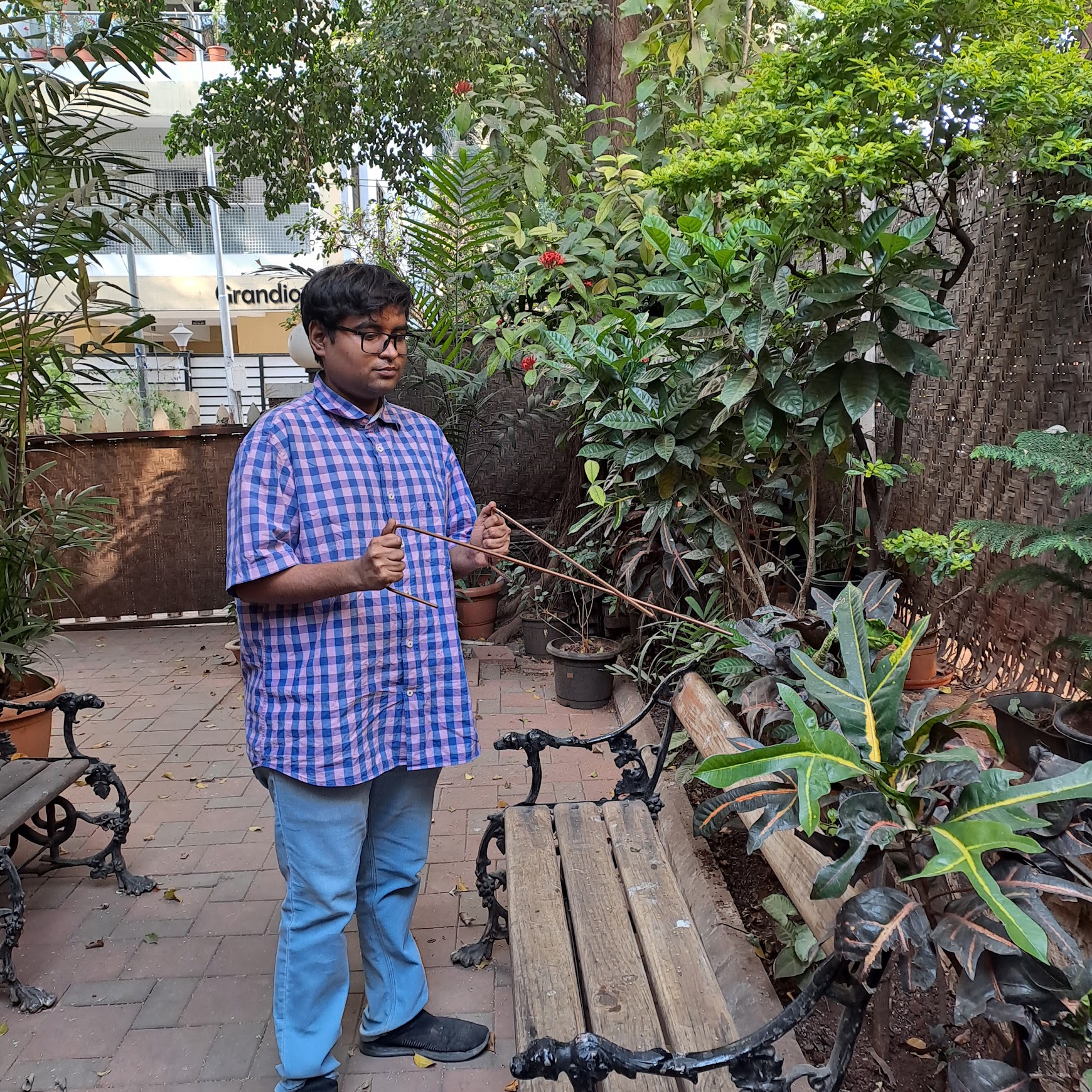Don't be in dark about...
1. Optimizing Energy Flow
Vastu Shastra emphasizes the flow of positive energy (prana) within living spaces. Understanding the factors that influence energy flow ensures that homes are designed to facilitate smooth, unobstructed circulation of prana. This promotes physical health, emotional stability, and mental clarity, creating a supportive environment for residents.
2. Creating Harmonious Living Spaces
The principles of Vastu Shastra aim to balance the five elements (earth, water, fire, air, and space) within a home. Understanding these factors allows for the creation of harmonious living spaces that resonate with natural forces, fostering a sense of peace, balance, and well-being.
3. Enhancing Spiritual and Psychological Well-being
Vastu-compliant homes are designed to support spiritual growth and psychological well-being. Factors such as room placement, directional alignment, and the use of natural elements contribute to an environment conducive to meditation, relaxation, and spiritual practices. Understanding these principles helps seekers create spaces that nurture their inner lives.
4. Improving Health and Prosperity
Vastu Shastra links the design and orientation of a home to the health and prosperity of its occupants. By understanding and implementing Vastu principles, seekers can create environments that support physical health, attract abundance, and foster success in various aspects of life.

Now, wouldn't it be nice if we all had...
Enhanced Quality of Life
Improved Relationships
Increased Prosperity and Success
Spiritual Growth and Fulfillment

8 Factors of Effective Vastu Housing! (Based on Vaastu Shilp Shastra)
1. Orientation and Layout:
The positioning of the house in relation to the cardinal directions (North, South, East, West) is crucial. The main entrance and rooms should be aligned with the Earth's magnetic field to promote positive energy flow.
Example: A house with its main entrance facing East is considered auspicious as per Vastu Shastra, as it allows the first rays of the morning sun to enter, bringing positive energy. This is derived from the Manasara and Mayamatam texts which emphasize the importance of orienting buildings to the cardinal directions.
2. Site Selection:
The selection of the plot or site, including its shape, slope, and surroundings, plays a vital role. Ideally, the plot should be square or rectangular, and the land should be level or sloping towards the North or East.
Example: A rectangular plot with a longer North-South axis is considered favorable. The Vishwakarma Prakashika suggests that such plots attract prosperity and good health. Additionally, land sloping towards the North or East is preferred as it aligns with the natural flow of energy.
3. Room Placement:
Specific rooms should be placed in certain directions for optimal benefits. For example, the kitchen is best located in the Southeast, bedrooms in the Southwest, and living rooms in the Northeast.
Example: The kitchen should be located in the Southeast corner of the house. This is based on the Samarangana Sutradhara, which states that placing the kitchen in this direction harnesses the element of fire (Agni) effectively. Bedrooms in the Southwest promote restfulness and stability.
4. Proportions and Measurements:
The use of appropriate measurements and proportions, known as "Ayadi calculations," ensures harmony and balance in the structure. These calculations are based on ancient texts and principles.
Example: Using the Vastu Purusha Mandala grid, a house might be divided into an 8x8 or 9x9 grid to ensure proportionality. The Shilpa Shastra details these Ayadi calculations, ensuring that the dimensions are harmonious and balanced.
5. Elemental Balance:
Balancing the five elements (earth, water, fire, air, and space) within the house is essential. Each element is associated with a specific direction, and their placement influences the overall energy of the home.
Example: Placing a water feature like a fountain or pond in the Northeast corner helps balance the water element. The Vastu Vidya suggests that the Northeast (Ishanya) direction is ideal for water elements to enhance prosperity and health.
6. Ventilation and Light:
Proper ventilation and natural light are critical for maintaining a healthy and positive environment. Windows and doors should be placed to allow for the free flow of air and sunlight.
Example: Large windows in the North and East walls ensure proper ventilation and sunlight. The Brihat Samhita emphasizes the importance of natural light and air circulation to maintain a healthy living environment.
7. Materials and Construction:
The choice of construction materials and methods should align with Vastu principles. Natural and non-toxic materials are preferred to create a harmonious living space.
Example: Using natural materials like wood and stone for construction is encouraged. The Mayamata states that these materials are not only durable but also harmonize with the natural environment, reducing negative energy.
8. Aesthetic and Functional Design:
The aesthetic appeal and functionality of the design should not be overlooked. The house should be both beautiful and practical, promoting well-being and comfort for its inhabitants.
Example: Incorporating courtyards (Brahmasthana) in the center of the house for ventilation and light. The Silpa Shastra describes courtyards as vital for ensuring the flow of energy and providing a functional yet beautiful space within the home.

How Can You Implement This?
1. Assess and Plan
Seekers should start by assessing their current living spaces to identify areas that need improvement. This includes evaluating the layout, room placement, and overall energy flow. Creating a detailed plan that outlines necessary changes and adjustments based on Vastu principles is crucial for effective implementation.
2. Consult with Architects with Vaastu Expertise
Working with Architects with Vaastu Expertise can provide personalized guidance and recommendations. These professionals can perform energy assessments, suggest specific adjustments, and help create a Vastu-compliant home. Collaborating with experts ensures that seekers implement Vastu principles accurately and effectively.
3. Make Gradual Adjustments
Implementing Vastu principles doesn't have to be overwhelming. Seekers can make gradual adjustments to their homes, such as repositioning furniture, enhancing natural light, and incorporating natural elements. Small, consistent changes can have a significant impact on the overall energy and harmony of the living space.

By optimizing energy flow, balancing elements, and aligning with directional principles, energetic space seekers can enhance their quality of life, improve relationships, and attract success and abundance. Through education, planning, consultation with experts, and gradual adjustments, seekers can implement Vastu principles effectively. Neglecting to integrate Vastu principles may lead to disrupted energy flow, poor health, strained relationships, and missed opportunities for prosperity. Therefore, embracing Vastu Shastra offers a holistic approach to designing homes that nurture physical health, emotional well-being, and spiritual growth, creating a supportive and harmonious living environment.